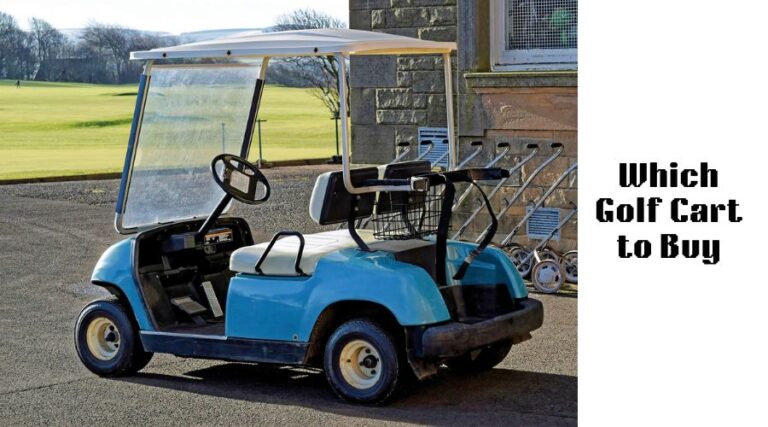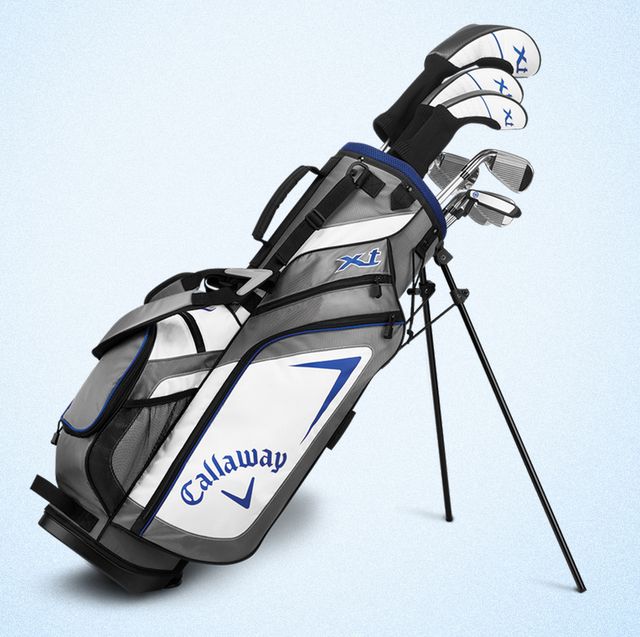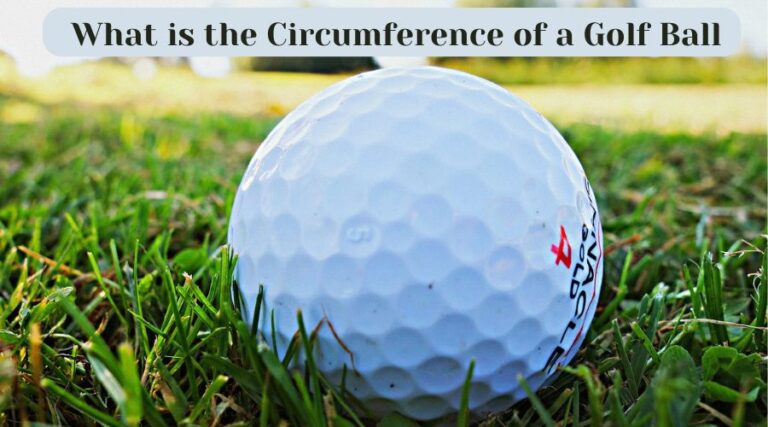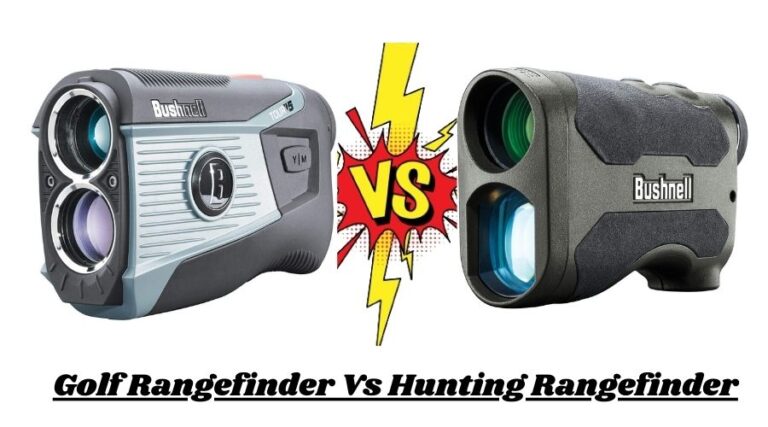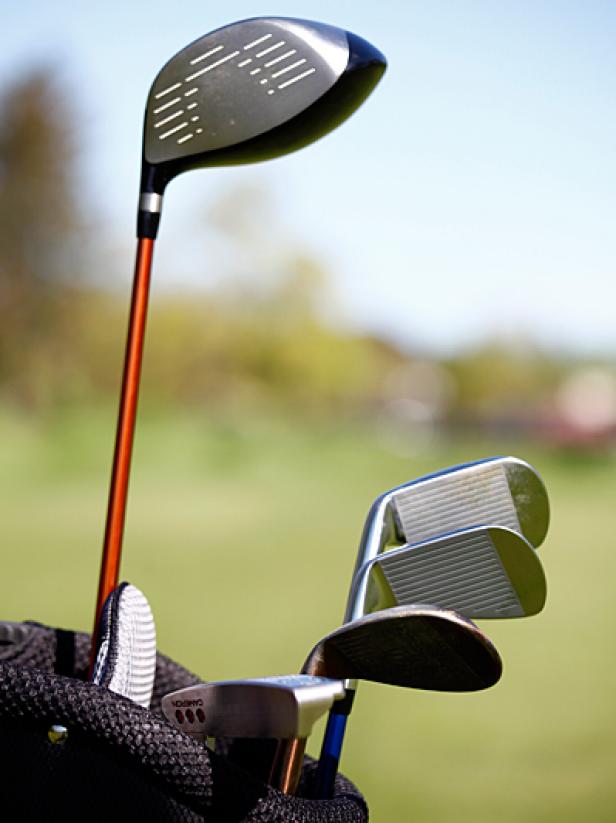Selecting the right golf club depends on the shot distance and the specific circumstances you’re facing on the course. Golfers use drivers for long-distance tee shots and putters for the green, while irons and wedges are chosen based on shot range and course conditions.
Golf requires precision and the right equipment to match. Each club in a golfer’s bag serves a distinct purpose, from teeing off to sinking putts. Mastering club selection is a skill that enhances performance and enjoyment of the game. As players navigate the fairways and greens, they encounter various scenarios that dictate which club to pull from the bag.
Distance is a crucial factor, but so are wind conditions, obstacles, and the type of terrain. The driver, often the go-to for the tee box, launches the ball over great lengths. Irons, versatile and varied, offer a range of distances and trajectories. Wedges come into play for shorter shots, especially near the green, where precision is paramount. The putter, with its unique design, is the final club used to roll the ball into the hole. Understanding the role of each club and when to use it can significantly impact a golfer’s scorecard.
Contents
Selecting The Right Club
Choosing the right golf club is a key skill in the game of golf. It can make a big difference in your performance. Whether you are a beginner or an experienced golfer, knowing which club to use is essential.
Factors Influencing Club Choice
Distance, wind conditions, lie of the ball, and hazards are all crucial when picking a club. Golfers must also consider their personal skill level and club familiarity.
- Distance: How far is the hole?
- Wind: Is it blowing against or with you?
- Ball Lie: Is it on the fairway, rough, or sand?
- Hazards: Are there bunkers or water near?
- Skill Level: How well do you control each club?
- Club Familiarity: Which clubs do you use most?
Club Categories Overview
Different clubs are designed for various situations on the course. Here’s a quick overview:
| Club Type | Use Case |
|---|---|
| Woods | Long shots from the tee or fairway |
| Irons | Versatile for a variety of distances |
| Wedges | Short shots, high accuracy |
| Hybrids | Combine features of woods and irons |
| Putter | Rolling the ball on the green |
The Putter
The putter is more than just another club in your golf bag. It’s your ultimate ally on the green, the tool that turns near-misses into birdies, and bogeys into pars. With careful precision, the right putter can become a golfer’s best friend, guiding the ball home with a satisfying roll.
Putting Techniques
Master the green with these putting techniques. Each stroke counts, and a steady hand ensures success.
- Eye Alignment: Keep your eyes directly over the ball.
- Stance: Stand with your feet shoulder-width apart.
- Grip: Hold your putter gently but firmly.
- Stroke: Use your shoulders to guide the putter, not your wrists.
Choosing A Putter
Selecting the right putter is crucial for your game. Consider these factors to find your match:
- Length: Ensure the putter allows for a comfortable stance.
- Head Design: Choose between blade, mallet, or peripheral weighted designs.
- Balance: Face-balanced or toe-balanced? The choice affects your stroke.
- Feel: The putter should feel right in your hands and instill confidence.
Wedges For Precision
Within a golfer’s bag, wedges are the ultimate precision tools. They are crafted to offer control and accuracy around the greens. Whether you’re tackling a tricky chip or navigating a sand trap, the right wedge can make a significant difference. Let’s dive into the types of wedges and their specific uses on the course.
Types Of Wedges
Each wedge serves a unique purpose:
- Pitching Wedge (PW): Your go-to for a variety of shots.
- Gap Wedge (GW): Fills the distance between PW and SW.
- Sand Wedge (SW): Designed for bunker shots.
- Lob Wedge (LW): Great for high, short shots over obstacles.
Situational Use Of Wedges
Selecting the right wedge depends on the situation:
| Wedge | Use Case |
|---|---|
| Pitching Wedge | Full swings, chips, and long bunker shots. |
| Gap Wedge | Medium-length shots where PW is too much. |
| Sand Wedge | Short bunker shots and soft-landing chips. |
| Lob Wedge | Shots requiring high trajectory and precise landings. |
Remember: Practice with different wedges to understand how they behave. This knowledge can save strokes on the course.
Irons For Mid-range
Choosing the right golf club is crucial for every shot. In this section, we focus on irons for mid-range shots. These clubs are perfect for hitting distances of about 100 to 200 yards.
When To Use Irons
- 100 to 140 yards: Use a 9-iron or 8-iron.
- 140 to 160 yards: Choose a 7-iron or 6-iron.
- 160 to 180 yards: A 5-iron is ideal.
- 180 to 200 yards: Opt for a 4-iron.
Iron Selection Tips
Here are some quick tips to help you select the right iron:
- Check the loft: Higher loft means higher and shorter flights.
- Consider the shaft: Graphite shafts are lighter and help increase swing speed.
- Test grip comfort: Ensure the grip feels comfortable in your hands.
- Practice with different irons: Test various irons to find the best fit for your style and body mechanics.
Drivers, Woods, And Hybrids
Choosing the right golf club is key to a successful game. Each club type, from drivers to woods and hybrids, has a unique purpose. Whether you’re launching off the tee or navigating the fairways, selecting the appropriate club can make all the difference. Let’s dive into when and why to use these clubs.
Optimizing the Tee ShotOptimizing The Tee Shot
Drivers are the go-to for the tee shot. They have the longest shafts and the largest heads of all the golf clubs. This makes them the best choice for distance. Here’s how to optimize your tee shot:
- Choose a driver when you need maximum distance.
- Check the loft. A higher loft means higher flight and potentially more accuracy.
- Practice your swing. A smooth, consistent swing with a driver can yield great results.
Woods and hybrids are ideal for fairway shots or when you’re slightly off the green. They offer a mix of distance and control. Here’s how to navigate these situations:
| Club Type | When to Use |
|---|---|
| Woods | For long shots from the fairway or tee when a driver isn’t suitable. |
| Hybrids | As a versatile option, use them in the rough or for tricky lies where irons struggle. |
Remember, hybrids combine the best features of woods and irons. They can be easier to hit than long irons and are great for beginners and pros alike.
Specialty Shots And Club Use
Mastering golf isn’t just about the full swing on a clear fairway. It’s also about those tricky shots where the right club can make all the difference. Let’s dive into the world of specialty shots and the clubs you should use to execute them flawlessly.
Bump & Run
A Bump & Run is a low-risk shot, perfect for when the green is open. Choose a club with less loft like a 7-iron or 8-iron. This shot rolls the ball across the green, using the ground to your advantage.
- Club Choice: 7-iron or 8-iron
- Technique: Short backswing, firm wrist
- Outcome: Ball rolls like a putt
Shots Under Trees
When under trees, you need a low shot that avoids branches. Use a lower lofted iron and adjust your stance to hit the ball cleanly.
| Club Choice | Stance | Swing |
|---|---|---|
| 5-iron or 6-iron | Weight on front foot | Shortened swing |
Playing From The Rough
Thick grass can be tough. Choose a club that can cut through the rough and get the ball airborne. A wedge or a short iron works best.
- Open the clubface to prevent the grass from grabbing the clubhead.
- Swing with a steep angle to minimize grass interference.
- Use a wedge or a 9-iron for best results.
Environmental Considerations
Choosing the right golf club involves more than just skill and style; environmental elements play a crucial role. Wind and slopes can greatly affect your game. Understanding how to adapt to these conditions can lower your scores dramatically.
Adjusting For Wind
Wind can impact how far and where your ball goes. Here’s how to choose the right club:
- Headwind: Use a stronger club, like one iron lower.
- Tailwind: Choose a lighter club than usual.
- Crosswind: Opt for clubs that offer more control.
For example, use a 6 iron instead of a 7 iron in a strong headwind.
Dealing With Slopes
Playing on slopes requires adjustments to prevent the ball from veering off course.
| Slope Type | Club Adjustment | Play Strategy |
|---|---|---|
| Uphill | Use a higher lofted club. | Aim slightly right of the target. |
| Downhill | Choose a lower lofted club. | Aim slightly left of the target. |
This table guides you on the right club choice and aiming strategy depending on the slope you’re dealing with.
Strategic Club Selection
Mastering golf is not just about perfecting your swing. It’s about making smart decisions on the course. Choosing the right club for each shot is a skill that can shave strokes off your game. It can mean the difference between a birdie and a bogey. Let’s dive into the art of strategic club selection.
Playing Away From The Flag
When the flag is surrounded by hazards, the smart move is to play it safe. Choose a club that will keep you clear of trouble. This might mean aiming for a different part of the green. Or it could involve using a club that won’t reach the flag, but will land you safely on the green.
- Select a higher lofted club to avoid overshooting the green.
- Use a mid-iron for greater control and precision.
- Consider the wind and adjust your club choice accordingly.
Course Management
Course management is about planning your way around the course. It involves thinking ahead and making decisions that set up your next shot for success.
- Analyze the hole layout before teeing off.
- Choose a club that will land you in a favorable position for your next shot, even if it means not hitting as far.
- Avoid hazards like bunkers and water by selecting a club that will keep you clear.
Using the right club takes into account more than just distance. It’s about putting yourself in the best position for your next stroke. Think like a chess player, always two moves ahead. This strategy can lead to lower scores and a more enjoyable round.
Golf Club Use For Beginners
Embarking on the golf journey can feel overwhelming, especially when trying to understand which clubs to use. Beginners need a simple, clear guide to start their practice. Let’s focus on the essential clubs starters should use and effective practice strategies to improve their game.
Essential Clubs For Starters
Knowing which clubs to carry in your bag is the first step. A starter’s golf bag should include a variety of clubs for different situations. Here’s a simple breakdown:
- Driver: For teeing off on longer holes
- Irons: Range from 5 to 9 for mid-range shots
- Wedges: Including a pitching wedge for short shots
- Putter: Used on the green to roll the ball into the hole
A hybrid club can be a good addition for beginners. It combines the best traits of woods and irons. Hybrids make hitting the ball easier.
Practice Strategies
Developing a solid practice routine is crucial for new golfers. Here are some strategies to incorporate:
- Focus on fundamentals: Grip, stance, and swing technique are key.
- Start with putting: It’s a significant part of the game. Practice short and long putts.
- Move to chipping: Work on your short game around the greens.
- Progress to the driving range: Practice with your irons and driver. Aim for consistency.
Remember, practice sessions should be regular and focused. Quality trumps quantity when it comes to improving your golf skills.
Advanced Insights
Mastering the right club selection can transform your golf game from good to great. This ‘Advanced Insights’ section delves into the strategic aspects that seasoned players consider. It’s not just about distance, but also about shot shape, course conditions, and your own confidence level with each club.
Analyzing Shot Choices
Every shot on the golf course requires careful thought. Factors like wind direction, hazards, and pin position affect your decision. Start by assessing the situation:
- Distance: Know your average distance for each club.
- Obstacles: Look for bunkers, water, or trees.
- Wind: Consider its strength and direction.
- Lie: Check if the ball is on the fairway, rough, or sand.
Choose a club that maximizes your chance for a good outcome. Sometimes, it’s not the club that covers the distance, but the one that offers the best approach to the green.
Mental Approach To Club Selection
Your mindset plays a crucial role in selecting the right club. Be honest about your skills:
- Confidence: Pick a club you feel comfortable hitting.
- Risk vs. Reward: Weigh the potential benefits against the risks.
- Course Knowledge: Use your experience or local knowledge.
- Previous Shots: Learn from your shots earlier in the round.
By aligning your mental game with your physical abilities, you’ll make smarter choices that lead to better scores.
Frequently Asked Questions
How To Know Which Golf Club To Use When?
Select your golf club based on the distance to the hole and your personal average hitting distance for each club. Use drivers for long distances off the tee, irons for various mid-range shots, wedges for short distances, and the putter when on the green.
How To Figure Out What Golf Clubs To Buy?
Consider your skill level and goals before buying golf clubs. Assess club types like woods, irons, wedges, and putters. Choose clubs based on your height and swing speed. Test different clubs for comfort and control. Consult a professional for tailored advice.
When To Use Sand Wedge Vs Pitching Wedge?
Use a sand wedge for bunker shots or high-lofted approaches. Choose a pitching wedge for lower, longer shots on fairways and approaches.
How To Choose Golf Clubs For Your Height?
To choose golf clubs for your height, measure your height and wrist-to-floor length. Use these measurements to find the recommended club length. Select clubs that match these specifications for a better fit and improved game performance.
Conclusion
Selecting the right golf clubs is crucial for improving your game. This guide has aimed to simplify that choice, regardless of your skill level. Remember, practice makes perfect and getting familiar with each club’s function will enhance your performance on the course.
For further tips and personalized advice, visiting a local golf shop or a professional can be immensely beneficial. Keep swinging and enjoy the game!

